Haasim Mahanaim
TPF Noob!
Last weekend I attened a dreadfully boring wedding where the only thing of interest was the gear used by the photography crew. I saw a medium format camera for the first time, upclose and in person. But was this overkill, wouldn't a 35mm have sufficed? Thenegain, I guess I should be asking what is the difference between a 35mm camera vs a medium format camera.
I have searched the forums looking for an answer to this question, but I couldn't find anything that really explained the difference between these two types of cameras.
I know that MF cameras use film that comes in various sizes, so I'm assuming this means MF can have larger prints than 35mm film. But are there any other advantages besides resolution? Can I ever be a pro who uses a 35mm camera or is this a much more complicated question than I thought?
I have searched the forums looking for an answer to this question, but I couldn't find anything that really explained the difference between these two types of cameras.
I know that MF cameras use film that comes in various sizes, so I'm assuming this means MF can have larger prints than 35mm film. But are there any other advantages besides resolution? Can I ever be a pro who uses a 35mm camera or is this a much more complicated question than I thought?


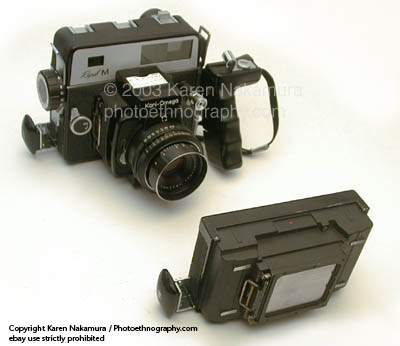
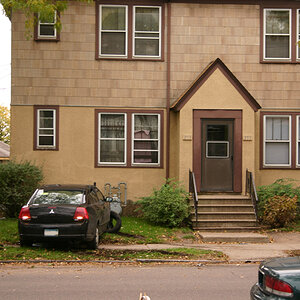
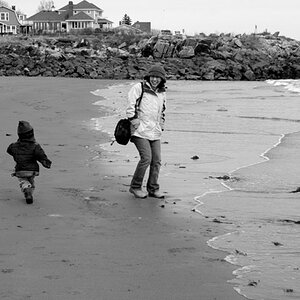



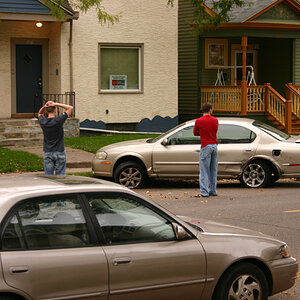
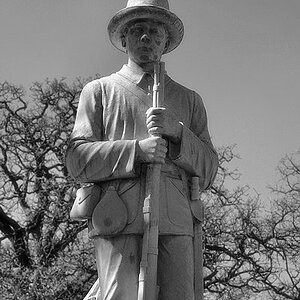
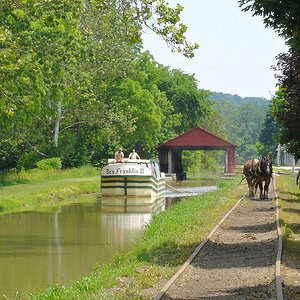
![[No title]](/data/xfmg/thumbnail/35/35952-55c8d42ec1c6ff0e13b45356cbf9c068.jpg?1619737263)
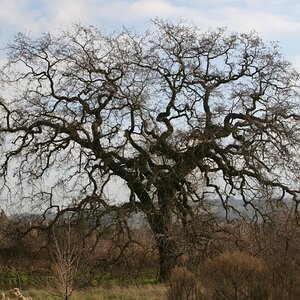
![[No title]](/data/xfmg/thumbnail/35/35947-ab35bfc67d8e12ce65dda301d3bf2b66.jpg?1619737255)
![[No title]](/data/xfmg/thumbnail/35/35953-1a8b92df0115ff7026f31b78855ac815.jpg?1619737264)